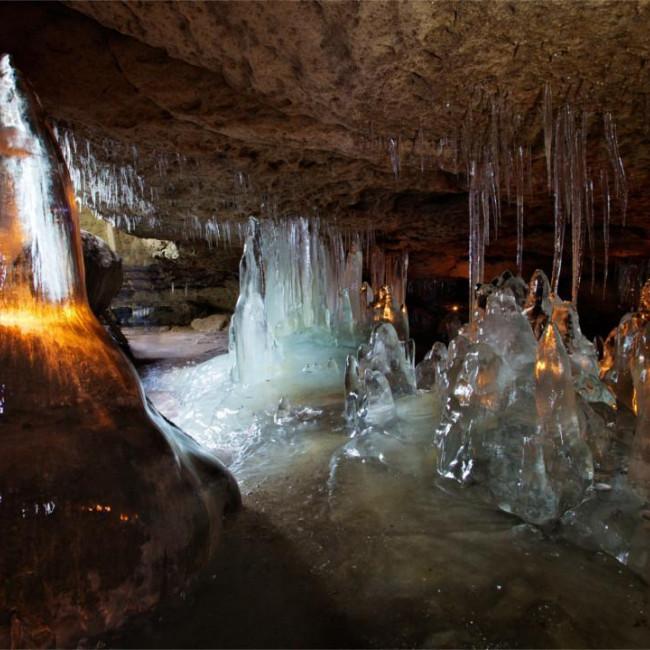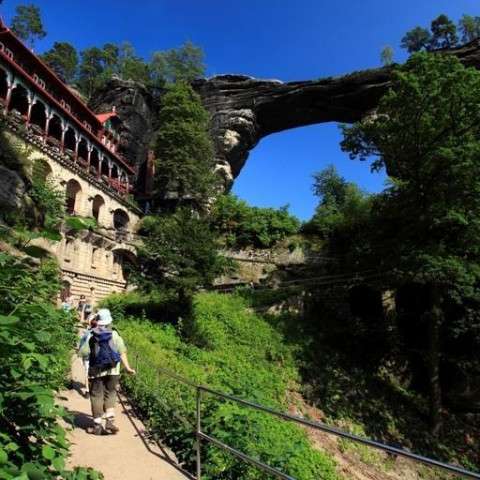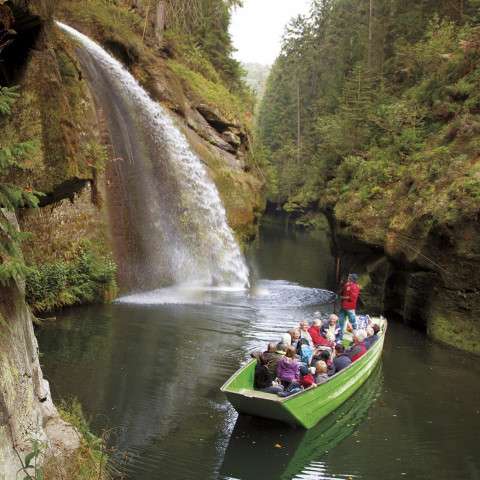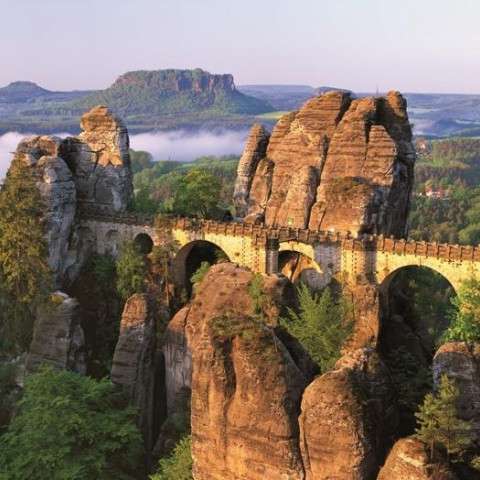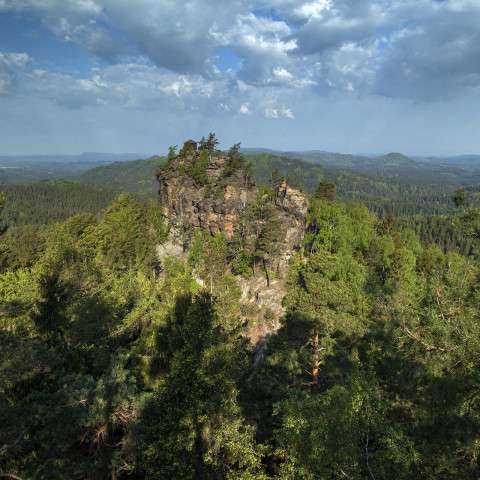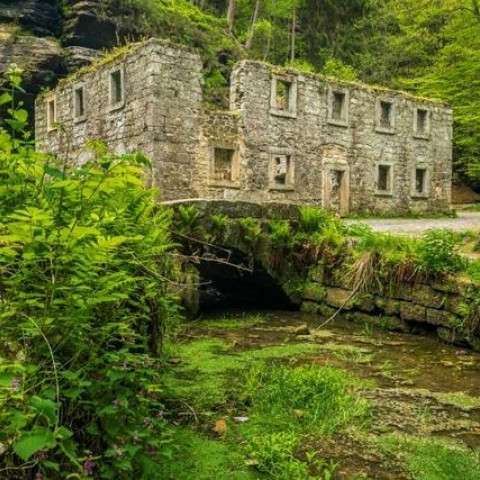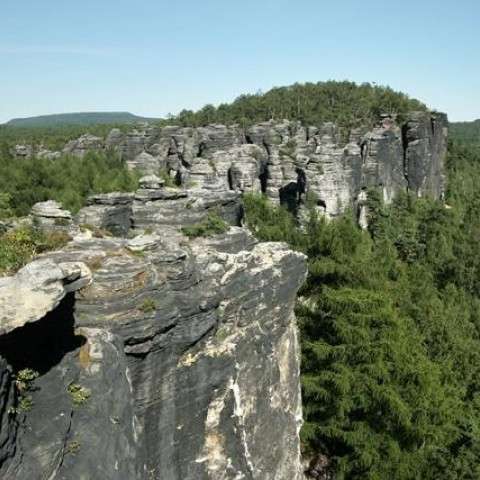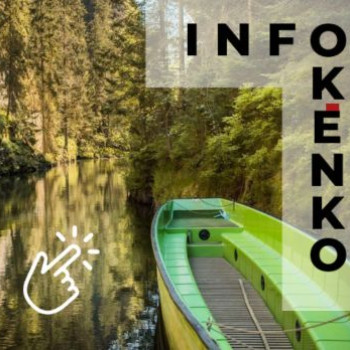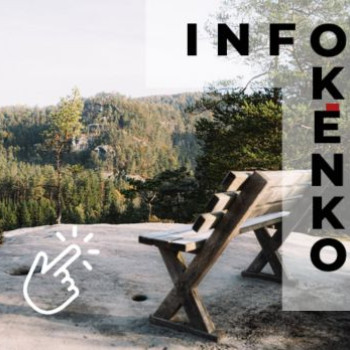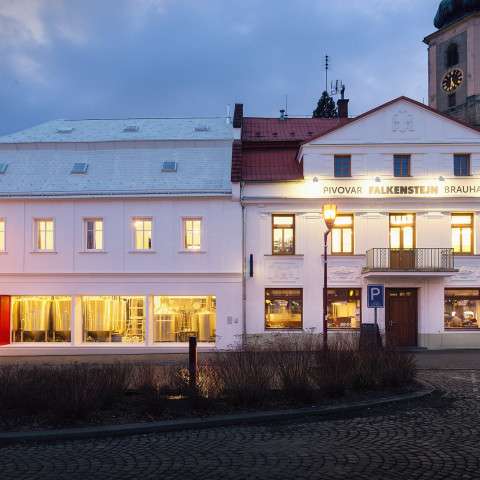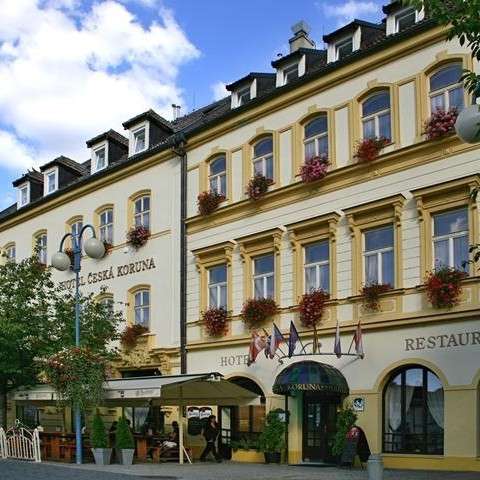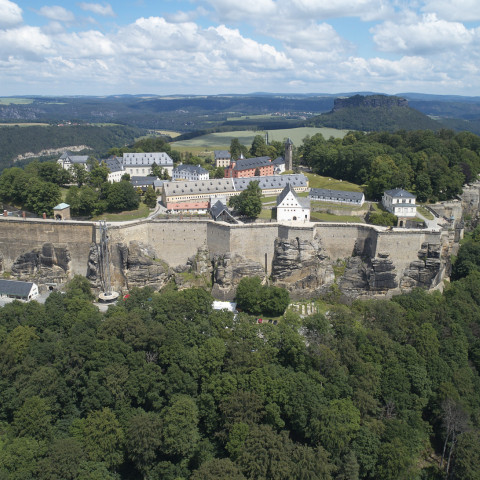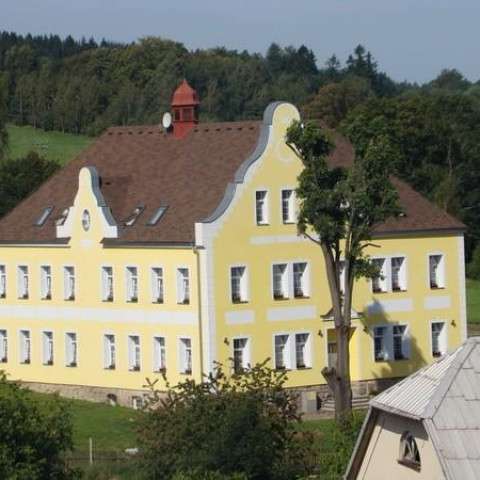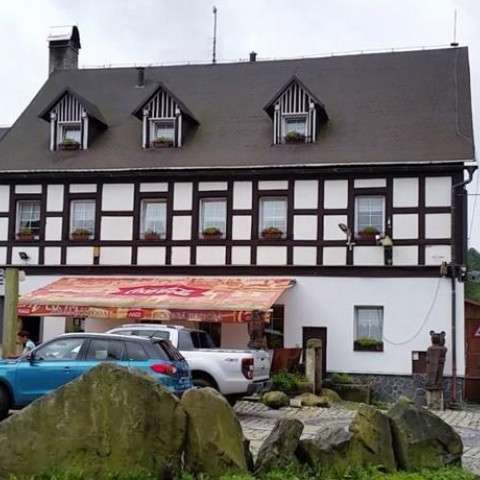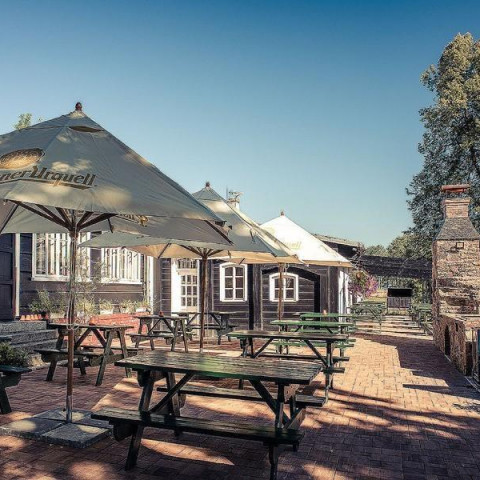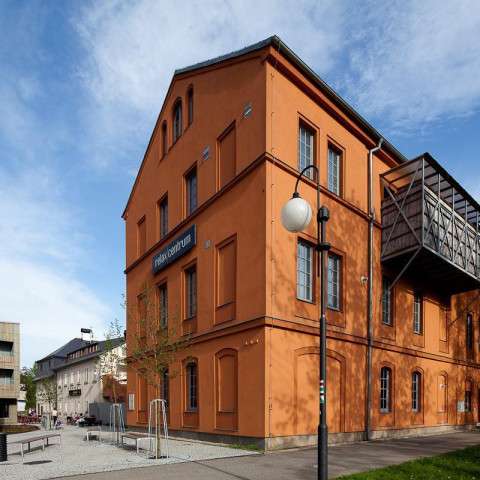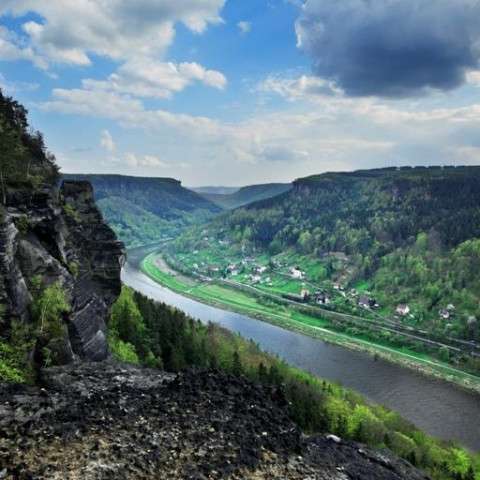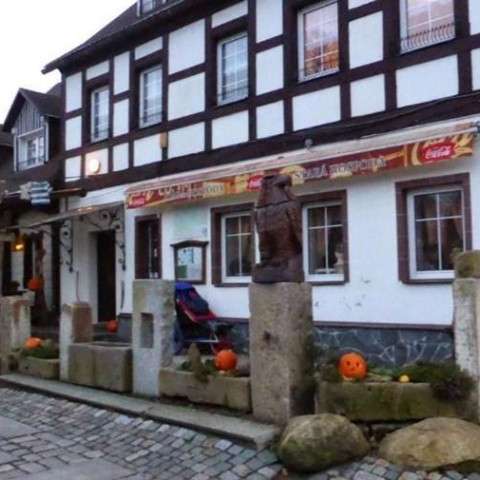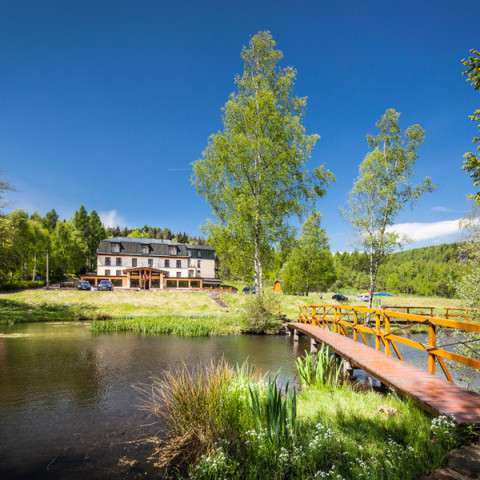Bohemian Switzerland
Bohemian Switzerland
A region full of secrets.
Welcome to a fairytale land. Let yourself be enchanted by the ancient and mythically beautiful natural landscape of the Elbe Sandstone Mountains. With more than 700 square kilometres of space, it is one of Europe’s last large wildernesses. The most beautiful parts of this region, with its valuable flora and fauna, are protected as a cross-border national park. Step into a world free of noise, deadlines and everyday life.
One region - two national parks
The Bohemian Switzerland National Park
The Czech Republic’s fourth national park was founded in 2000. Its task, simply put, is to preserve the domain of a unique combination of majestic rock villages and sandstone formations with the incredible nature – including the animal kingdom as well as the flora. This primarily boils down to the attempt to restore the countryside’s natural character, erasing the changes recently made to it by humans. The hope is that Bohemian Switzerland’s typical silver firs and peregrine falcons will return, as well as the salmon, whose re-introduction allowed for the return of certain adult specimens from the Atlantic and back to the water of the Kamenice river. Our trips to the rock towns and deep forests also let us realise that we are not only witnesses of the Mezozoic era, but also of the living, natural and healthy present era.
Saxon Switzerland National Park
The Saxon Switzerland National Park is Saxony‘s only national park. It is the only rock national park in Germany. Its rugged unruliness made sure that the Elbe Sandstone Mountains did not become a modern cultural landscape. The status of a national park, awarded in 1990, ensures that this will continue in the future. Join us and take a fascinating journey back in time through the geological and biological past of our continent. Discover the fossilised relics of the Cretaceous period, a number of representatives of Ice Age flora and fauna still live here. The national park rangers are pleased to give you more information on this and other treasures of Saxon Switzerland.
Your holiday begins here
Make your holiday planning easy: use our free information service. We can tell you everything you need to know for a successful visit to the Elbe Sandstone Mountains. We can send you information material, find the right accommodation, recommend day trips, walks and events and even give you one or two insider tips. We are looking forward to your enquiry.
Bohemian Switzerland Centre
- Krinické nám. 1161/10, 407 46 Krásná Lípa
- Phone: +420 412 383 413
- info@ceskesvycarsko.cz
Region of rock bridges and gates
The incredible Pravčická gate is the jewel of Bohemian Switzerland and a serious candidate for the list of the wonders ofthe world. Sixteen metres high with its twenty-seven metre span, the majestic rock bridge is best admired first-hand.Only then can we understand that this is the true gate to a world of romantic rivers, overwhelming rock towns, dreamy valleys and picturesque villages. It is the queen of this landscape, and no one can say to have been in Saxon-Bohemian Switzerland without having visited it.
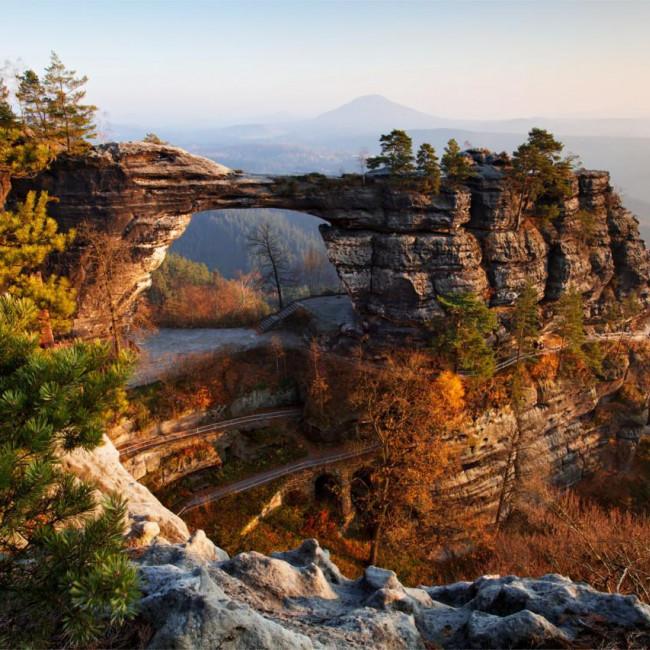
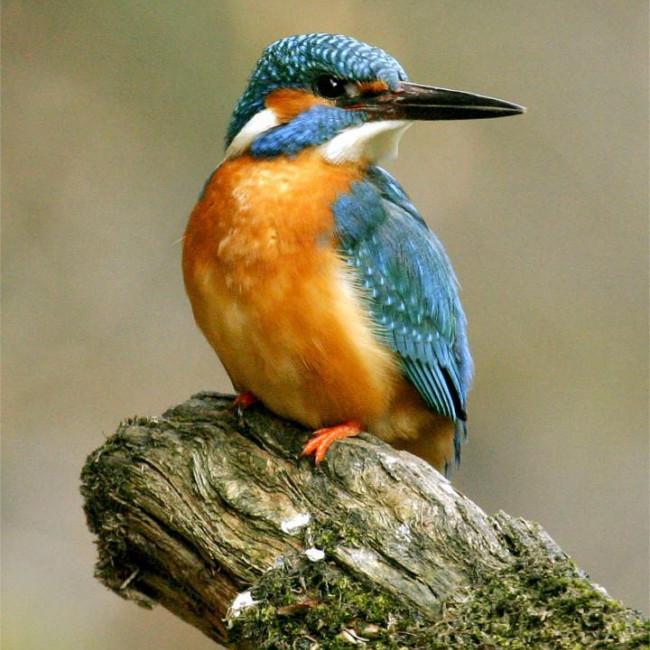
Wilderness – the region of unique nature
Do you like walking on the wild side? Then you‘ve come to the right place. The table hills, pinnacles and gorges of Saxon-Bohemian witzerland don‘t just offer impressive images for your photos, but also a unique and varied habitat for plants and animals. Some species flourish here that have long disappeared from other regions. Keep an eye out for salmon, otters, lynxes, peregrine falcons or kingfishers – and plenty of others…
The region of rock ravines and canyons
The Elbe River is the artist who gave the Elbe Sandstone Mountains their shape. Over millions of years, the river and its tributaries have carved the graceful rock landscape and the romantic gorges and valleys of Saxon-Bohemian Switzerland from the sediments of the Cretaceous period. The Elbe is still a caring host: those who follow the flow of the river will be shown many of the most important sights without having to make an effort. You can simply drift along with a canoe or dinghy, ride along the banks with a bike on the well-developed Elbe Cycle Paths or enjoy the panorama passing by on a lovingly restored paddle steamer.
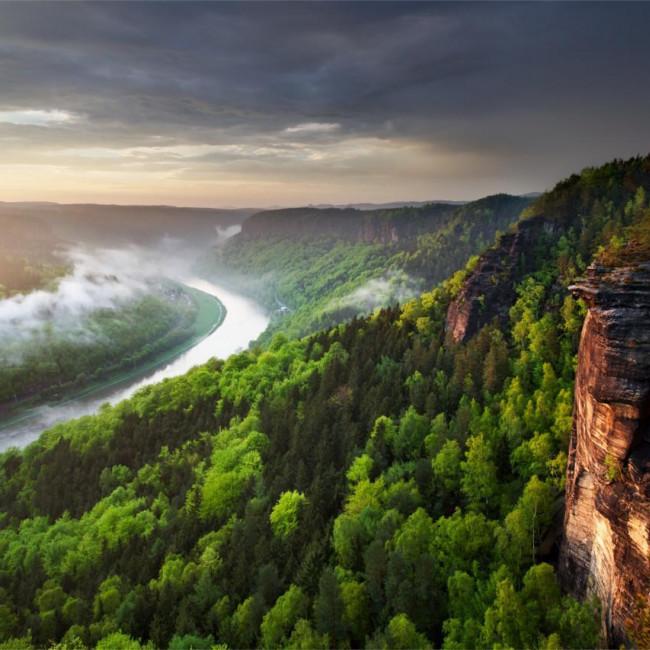
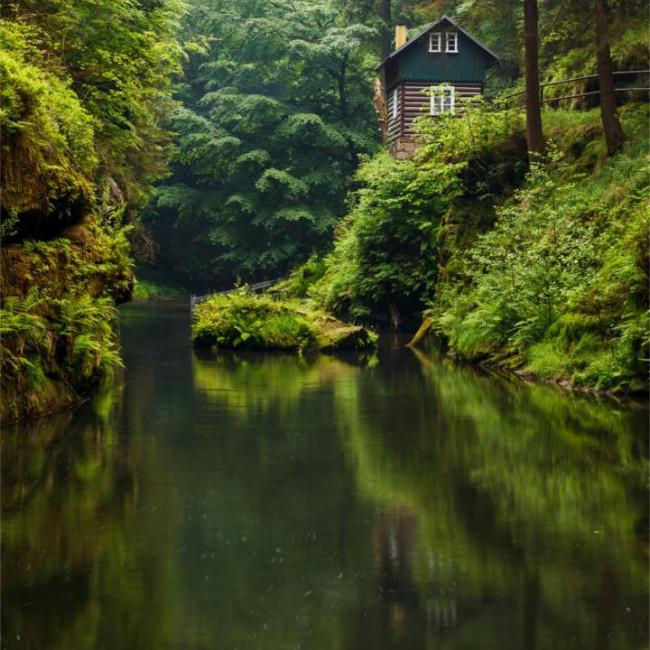
The region of gorges
The rocky basin of the Kamenice river is the crowning glory of the romantic nature around Hřensko, where the cliff walls tower at up to 150 metres. Part of the trail can be covered on foot, and there is much to experience – steep, narrow roads, cliff tunnels and overhangs… The high points, however, can only be reached by boat. And Edmund’s gorge in particular is a place that isn’t soon to be forgotten. Under the guidance of an experienced ferryman, who steers the boat with a pole, you can navigate the kilometre long gorge and be transported back to the 19th century.
The region of views and observation places
One of Bohemian Switzerland’s landmarks even has a covered view, it was built on the summit of the Mariina peak. The peak belongs to the Dittersbach area of Bohemian Switzerland (the cliffs around Jetřichovice). In the first half of the 19th century, Prince Ferdinand Kinský had the first alcove built, which granted an excellent view, and named the peak after his wife. The view is simply breathtaking. A panorama of the most important areas of Bohemian Switzerland looks over forested mountains and cliff formations. More historical overlooks can be found just a few steps further – Rudolf’s rock and Vilemína’s rock wall...
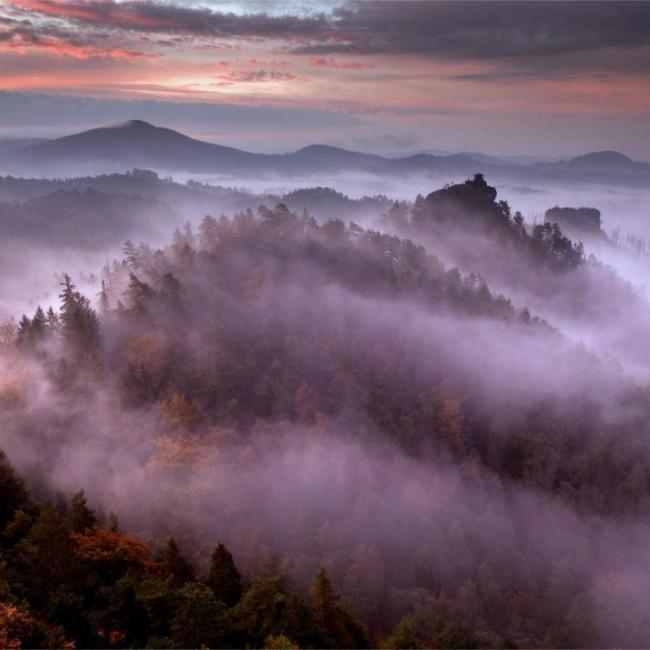
The region of castles and chateaus
Built on a cliff, the baroque and classical architecture of the town of Děčín towers over the confluence of the Elbe and the Ploučnice. The history of the Děčín castle is largely bound to the house of Thun- Hohenstein and – unfortunately – also with gradual devastation brought about through stays by four different armies. The Soviet occupants‘ main infirmary alone was responsible for nearly destroying an entire building. In recent years however, a small miracle has taken place and the castle, the region’s former crowning jewel, has once again risen from the ashes. The tours are expanded every year and are becoming ever more beautiful – visitors might even be able to visit the castle chambers at night. The biggest tourist magnet is the long way up to the castle – around baroque rose gardens, the delightful stables, with their colonnades and ribbed vaults, and the panoramic view of the Thun.
The region of folk architecture
Bohemian and Saxon Switzerland isn’t just home to unique and breathtaking landscapes, but also to striking and picturesque evidence of human presence, best seen in the traditional architecture. Houses and cottages which grew for decades together with the cliffs and forests and are therefore inextricably bound to the landscape. If there is something here that can’t be seen anywhere else in the world, it is the half-timbered houses. They are actually a cross between Slavic wooden structures and German framework. Their design is fascinating, but for people who just want to take a walk in the region, it is more important that they look beautiful and contribute to the landscape. Because of this, it isespecially worth taking a trip to Vysoká Lípa, Janov or Hinterhermsdorf, although similar architecture can in fact be found in practically every village.
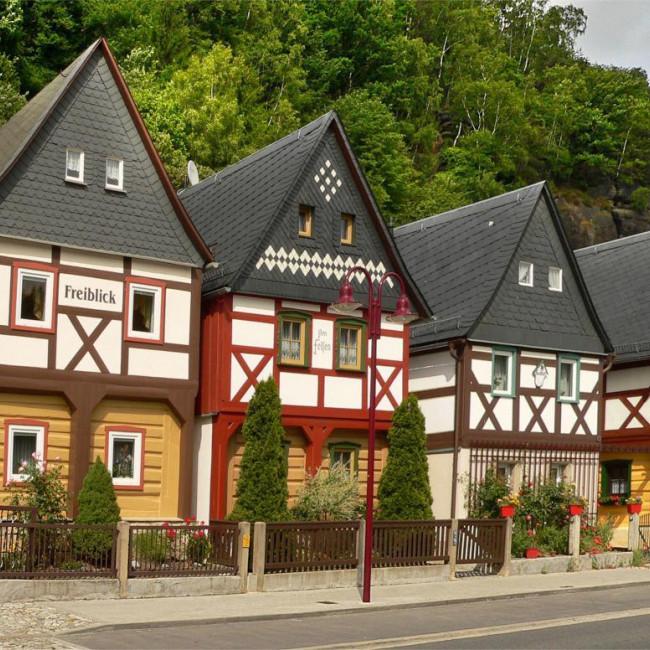
Travelling around the region
Historically, this is Bohemia’s oldest nature trail, opened and promoted by Rudolf Kögler in 1941. After his death, the trail was forgotten until 2006, when it was first re-opened. It was worth it, since the trail leads through the beautiful landscape of the Lusatian Mountains nature preserve, through the ridges of Kyjov valley, past some prime examples of traditional architecture, meaning half-timbered houses, and winds up to the peak of the Vlčí Hora, whose observation tower offers a gorgeous view of Ještěd and the Sudeten Mountains. There are 39 illustrated displays at the peak, written in German and Czech, rounding out the fantastical journey with interesting and valuable information – for example, an explanation of Kögler’s geological map. The starting point of the trail is Krásná Lípa, where the nature trail begins directly at the main square.
Czech-Saxon Switzerland. What a ride!
Discover this beautiful region comfortably and with ease. You can use all types of tourist transportation and infrastructure which are connected to the most attractive places in Czech-Saxon Switzerland. Take a train, bus, steam boat, ship, or tram that will take you to the rock formations, using a track from 1898. You will not want to come back home!
Tourist bus – National park route – Take a tram to see rock formations – Take a steam boat to see rock formations
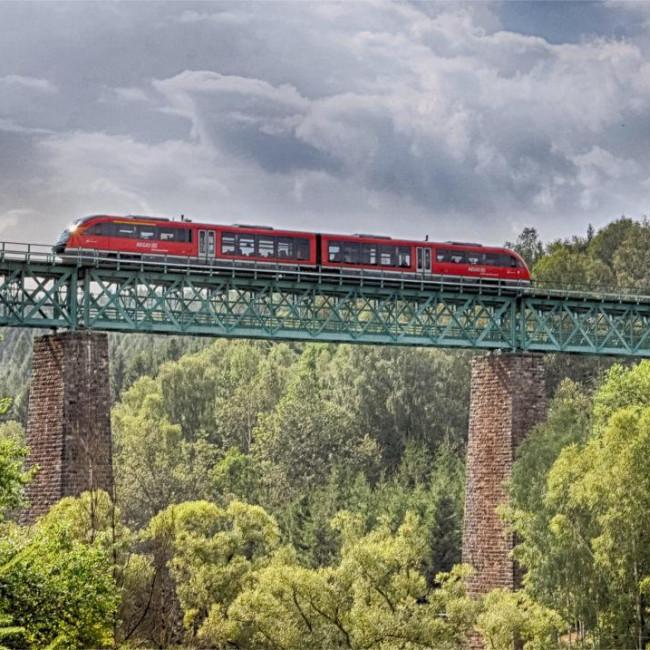
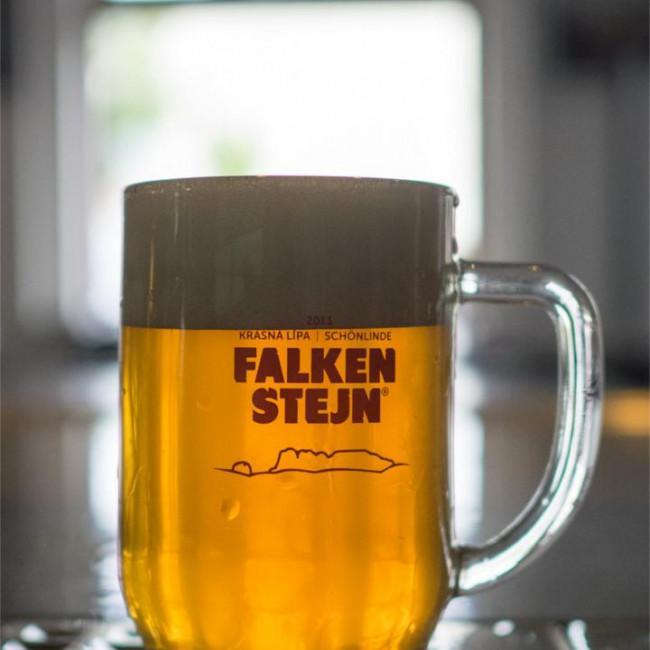
Region with tradition
Czech-Saxon Switzerland has its traditions, arts and crafts, gastronomy, and specific regional products which contribute to the uniqueness of this beautiful place on Earth, and at the same time support the development of local economy and sustainable tourism. Especially glass making, cutlery, the brewing industry, or balneology and the spa industry have a long-standing tradition in the region. The same goes for culinary life in the region. Simple, regional cuisine, enhanced with fresh local ingredients and prepared with great passion, is absolutely essential.
Winter landscape
Czech-Saxon Switzerland is gorgeous in winter, and it would be a great loss not to come. Those fragile moments when the landscape gradually loses colour, and only the essential remains to be seen under snow cover: mornings covered with frost; the wind-streaked sky; the days of golden sun but no warmth; and the starry nights when the moon caresses the glistening slopes – these are the times when pure nature tells its stories. The wise should listen…
